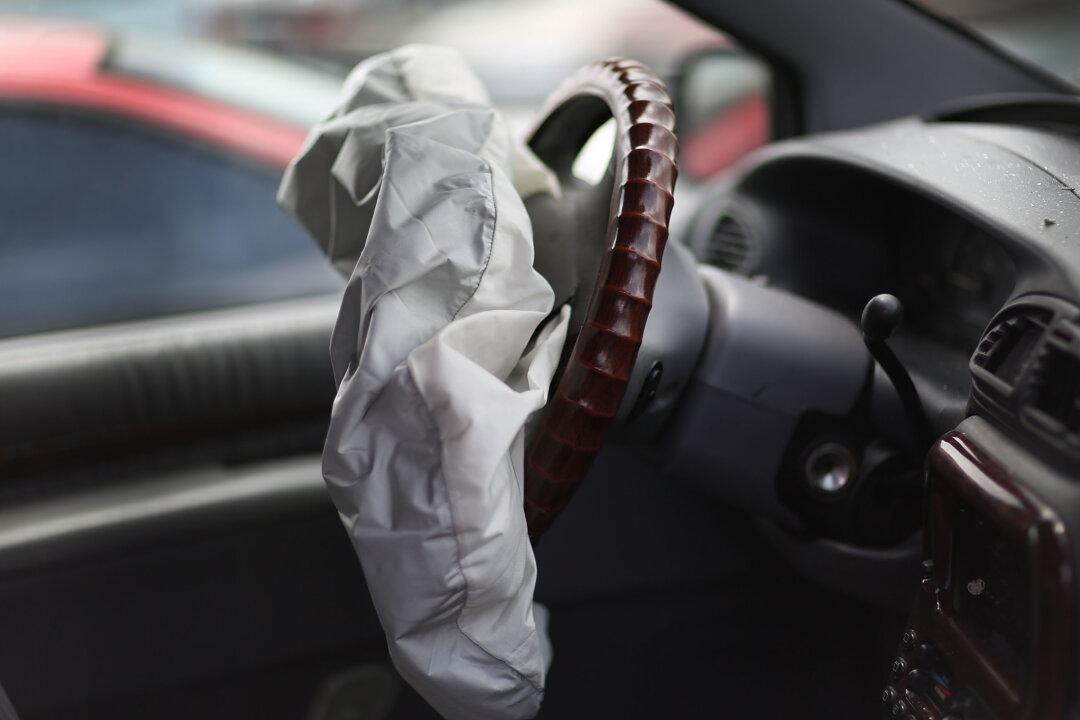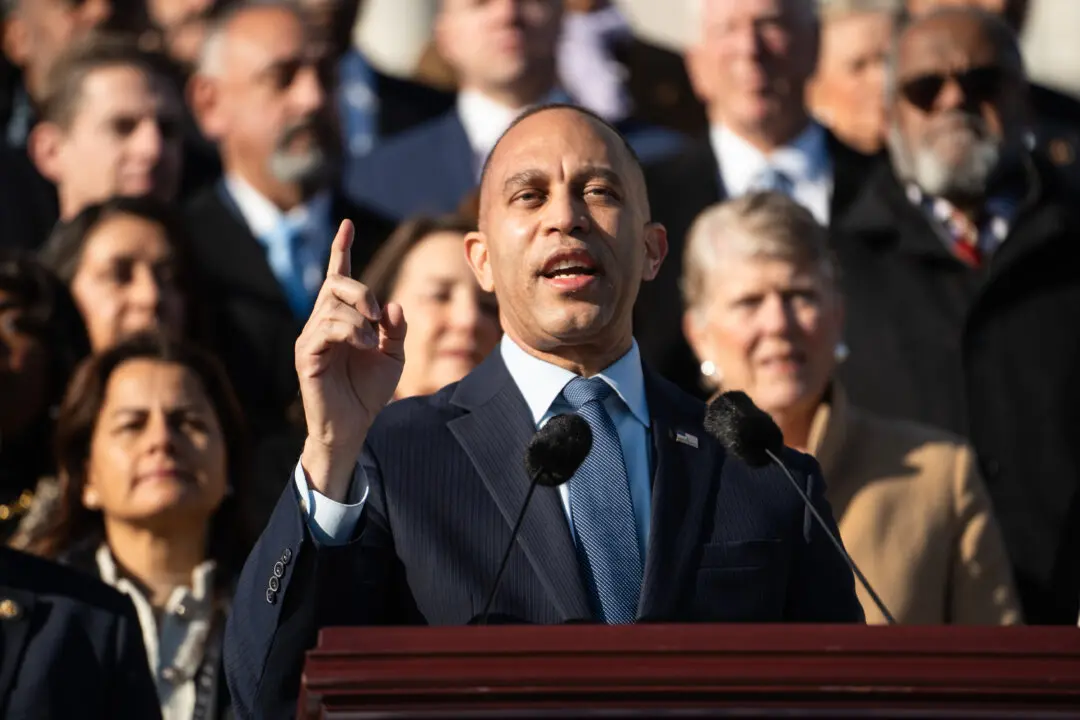The National Highway Traffic Safety Administration (NHTSA) convened a public meeting on Thursday, October 5, to discuss its initial decision regarding certain frontal airbag inflators, which were deemed to contain a safety defect warranting recall. The agency could issue a recall of approximately 52 million vehicles with the components inside, which are used in millions of vehicles from 11 different automakers.
The meeting aimed to evaluate whether a recall order was necessary for these potentially dangerous components, following what the agency said have been incidents of inflator ruptures resulting in fatalities and injuries. NHTSA cites seven cases from the U.S., another in Canada and one in Turkey, in which two were killed and the others injured as a result of the crash and airbag inflators.





